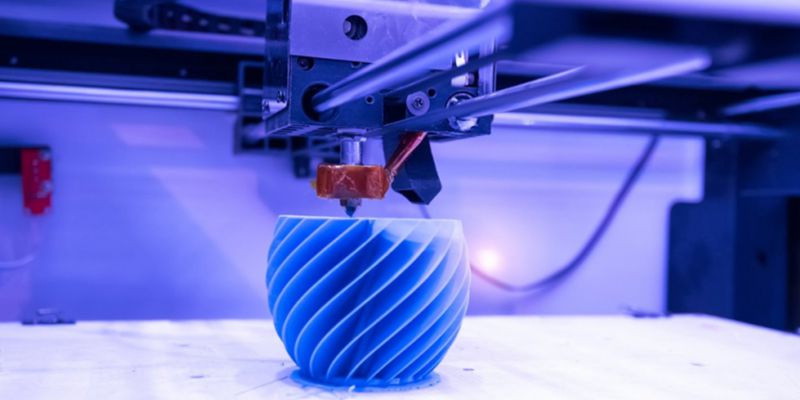- August 2, 2022
Businesses and individuals now outsource their 3D printing-related projects to 3D printing services because the services give them access to mass production while allowing them to focus more on innovation/design and enjoy an easier production process.
Choosing from the plethora of 3D printing services depends on factors such as locations, capabilities, manufacturing infrastructures, and, more importantly, the 3D printing service cost. This article will talk extensively about 3D printing cost, the factors that affect it, and how you can reduce the cost of 3D printed parts.
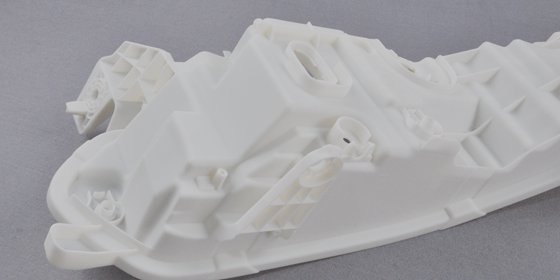
Understanding the Concept of 3D Printing Service Cost
3D printing service cost is the general cost a 3D printing service gives its client after uploading your CAD file.
Since not everyone outsources to 3D printing services, 3D printing service cost is a streamlined 3D printing cost. This means that services streamline general factors that affect 3D printing cost, such as material, 3D printers, and post-processing finishes, into the quote they give you.
Notwithstanding the “cost” attributed to 3D printing, it is one of the most affordable manufacturing processes used individually or outsourced to a 3D printing service globally.
Factors that Determine 3D Printing Service Cost
Capital is an important factor in determining your choice of a 3D printing service, further calling for understanding the factors that determine the cost of the 3D printing service. Below are the important factors that should guide you when making your decision.
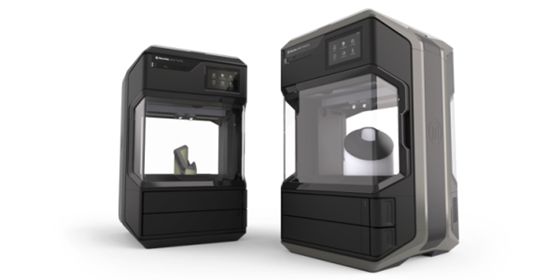
1. 3D Printer
The cost of the 3D printer used by the 3D printing service plays a huge role in the cost of outsourcing to them. 3D printer cost depends on factors such as technologies, features, setup prices, etc., which dictate the ease of operation, need for technical expertise, compatible material, and design complexity.
3D printer service that uses high-tech 3D printers will likely charge more. Therefore, you should note the following you choose a 3D printer:
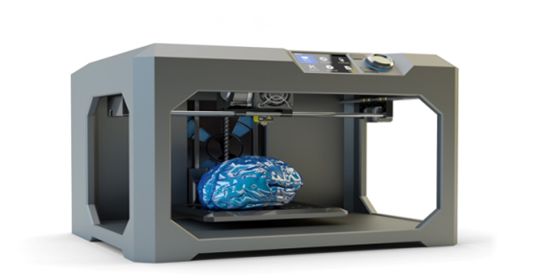
1.1. 3D Printing Technologies
3D printers make printed parts using a CAD model. However, their technology determines the compatible materials, mechanism, production speed, cost of the 3D printed parts, and 3D printing service cost.
All 3D printing technologies used globally have different prices. For example, FDM printers are the cheapest 3D printers used for plastics. They are less costly than SLA printers that use laser beams to cure resin and hardened plastic due to the latter’s precision and versatility.
Printers running other technologies such as the Direct Selective Laser Sintering printers are expensive due to rarity, easier operation, productivity, need for technical expertise, print quality, and the material they work on.
A 3D printing service using a Direct Selective Laser Sintering printer would charge more than one using other printers for compatible materials. 3D printing technology is not only applicable to 3D printing services. Hobbyists or other individuals should also consider the cost before choosing one.
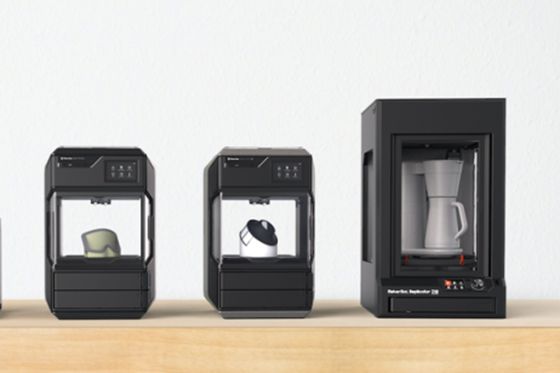
1.2. 3D Printer Setup Price
The 3D printer setup price would add to the cost of 3D printing for people who want a personal or company 3D printer and want to hire a technician. Most people hire technicians to avoid damaging the 3D printer or triggering a wrong setting during installation.
While helpful, hiring a technician comes at a price. This depends on the technician’s expertise, experience, branding, and the 3D printer’s sophistication. Based on the 3D printer sophistication, the FDM printer setup price will also be lower than the Direct Selective Laser Sintering printers.
1.3. 3D Printer Operation Price
The operation price also adds to the 3D printing service cost. The cost of operation is the cost of a 3D printer divided by the total hours of operation. Below is a simple illustration of the 3D printer operation price and how it affects how much 3D printing services charge.
Imagine you buy an FDM 3D printer for $10,000, and you will use it 20 hours daily for four years. Ignoring the cost of repairs, maintenance, and electricity, the cost of operation will be:
- 20 hours x 365 days x 4 years = 29,200 total hours.
- $10000 ÷ 29200 = $0.342/hr.
- Using the cost of operation of $0.342/hr, we can calculate how much to print a part that will take 10 hours.
- This will be 0.342 x 10 = $3.42.
1.4. Maintenance Cost
Without maintenance, a 3D printer will fail to deliver top-notch quality prints over time. Therefore, proper maintenance is important. 3D printing services would have added it to the general cost they provide. However, you need to factor this into the cost of 3D printing for individual owners. Maintenance costs can take many forms, including:
- Replacing 3D printer parts cost.
- Cleaning the 3D printing parts fee.
- The cost of repairing the 3D printed parts.
- The technician-added cost.
Maintenance depends on the 3D printer’s sophistication, features, rarity, and technology. Therefore, FDM printer users might say maintenance ranges from $200 to $599, while DSLS printer users would likely say maintenance costs above $1000. Also, if you hire a technician, the maintenance costs will increase as the technician will also charge his fee.

2. 3D Printing Material
There are many types of materials used in 3D printing. This is responsible for the field’s development and determines the process’s flexibility, choice of printers, cost of 3D printed parts, and 3D printing service. Most services access the cost of material based on availability and compatibility with 3D printers and printing technology.
2.1. How to Calculate the Cost of Material
By understanding how to calculate the cost of material, you can know how much it costs to make a 3D printed part. Use the illustration below.
Imagine a 3D printed part will require 100 grams of PLA, and PLA filament costs $25/kg. This means that the cost is $25/1000 g= $0.025/g. Therefore, the 3D printed part cost will be 100 x 0.025 = $2.5. It does not matter whether the printed part is small.
2.2. Common Types of Material used in 3D Printing
Common materials used in 3D printing and their relation to cost include:
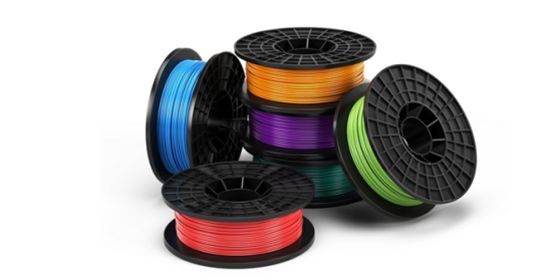
- Powder and Filament
Powders and filaments are thermoplastics. They are considered the cheapest and the most common 3D printing material. Non-experts and/or hobbyists commonly use them in making 3D models.
These materials are inexpensive due to their high accessibility and availability. Also, they don’t need exquisite 3D printers and technologies. For example, thermoplastics such as PLA and ABS cost as low as $20 per kg and are compatible with FDM printers.
Powder and filaments are cheap. However, they also incur additional costs as much time will be spent to perfect the printed parts.
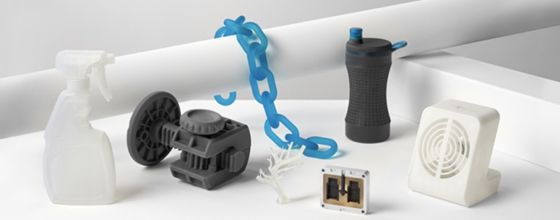
- Resin
Resins deliver high-quality printed parts, are easy to work on, and seldom need post-operation procedures. Consequently, they are expensive. This is visible in the high cost of 3D printed parts made from resin and the cost of 3D printing services charge.
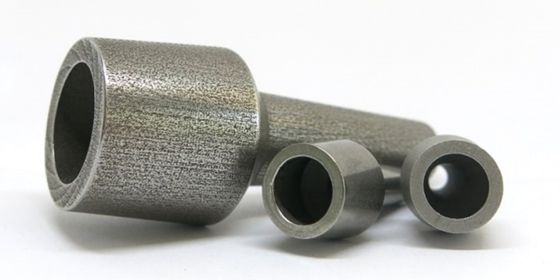
- High-end material
High-end materials such as titanium and aluminum are expensive due to their unavailability, rarity, and need for specific 3D printing technologies. For example, most metals will use the DMLS, which is very expensive.
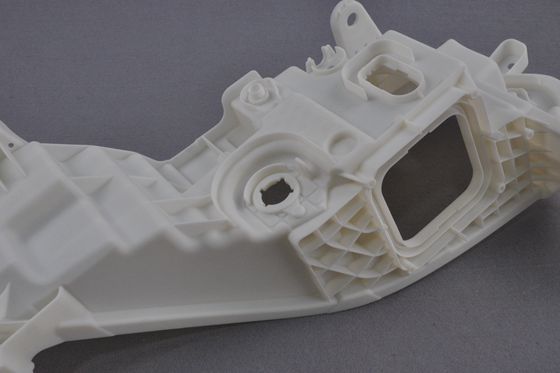
3. 3D Model Size
The 3D model size desired will also determine the 3D printing service cost. A large 3D model will increase the cost due to the need for more material, the right size of 3D printers, operation cost, and printing technologies.
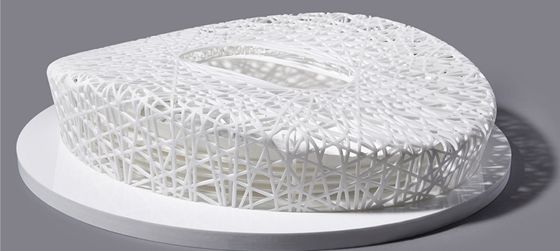
4. 3D Model Complexity
A complex 3D model will require an accurate and precise printing technology to determine the process’s cost. Complex models also need preparation, especially if the 3D printing service will handle slicing and other preparation procedures. Therefore, you should understand the model’s complexity to prevent capital-wasting and time-wasting.
5. Production Volume
Mass production of 3D printed parts generally reduces the individual cost of 3D printed parts. However, by being a large production volume, there is a need for more materials (which drives up the material cost) and a long printing time (which drives up the operation cost).
6. Chosen Post Processing
Post-processing options such as polishing and electroplating help the printed parts to improve their functionality and aesthetics. Using any of these processes will add to the 3D printing service cost. Depending on the process, each one has its cost. Below are the common ones and their relationship with cost.
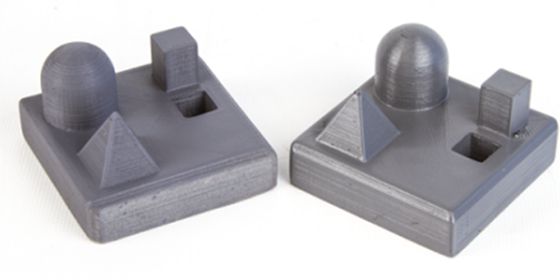
6.1 Polishing
Polishing involves sanding the 3D printed parts, rinsing them, and applying polish to get the smoothest possible surface. It is an expensive process because it requires high dimensional accuracy and a moderate skill level to deliver a quality 3D printed part.
6.2 Electroplating
It is an aesthetic and/or function-improving process that involves coating the 3D printed parts using metals via electrolysis. Electroplating is highly expensive due to the coating metal’s mechanism and choice.

6.3 Epoxy Coating
Epoxy coating is a common 3D printing post-processing option that involves coating the 3D prints with an epoxy resin. Then a hardener is used to improve their strength and seal the porous part of the prints. The process is highly effective. However, the cost depends on the type of epoxy coating.
Examples of 3D Printed Projects Costs
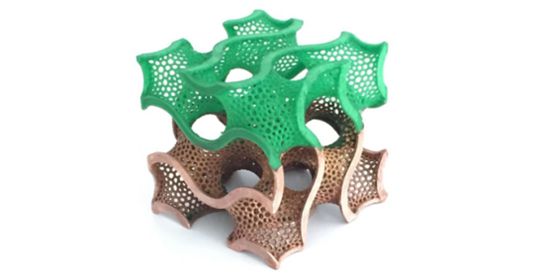
For those who want to know quickly the cost of printing some common items, below are some examples of 3D printed parts, printing costs, and turnaround time. With these examples, you should have better insight into the cost of 3D printed parts, how to calculate cost of 3d printed parts, and how much a 3D printing service will charge you:
| Example Item | Estimated Cost | Turnaround Time |
| Bottle lid | $30 | 1 – 3 days |
| Guitar tuning pegs | $50 | 1 – 3 days |
| Prototype brackets | $50 | 1 – 3 days |
| Belt buckle | $50 | 1 – 3 days |
| Keyboard | $100 | 3 – 7 days |
| 3D printed shoe | $150 | 3 – 7 days |
| Microphone holder/case | $100 | 3 – 7 days |
| Case with multiple compartments | $150 | 3 – 7 days |
The estimated cost of 3D printed parts in the table above is the total expense charged by the 3D printing service based on the material, model complexity and size, post-processing, team experience, quality prints, and branding. Also, the cost varies depending on the quantity, complexity of the parts and the country in which they are located.
How to Reduce the 3D Printing Cost?
Reducing the cost of a 3D printing service entails reducing the operation cost and material used. Below are several ways you can use to reduce the 3D printing cost.
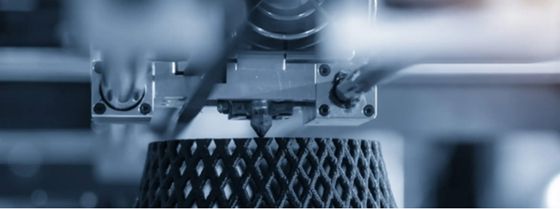
1. Use a Cheaper Material
Understand the project’s complexity, the functions of the printed parts, the environment of use, and other things, then use these to choose the cheapest material. Nevertheless, the 3D printed part must not lose its function.
If possible, choose a material that does not require elaborate technologies. For example, you can use polycarbonate if you desire hardness, and you don’t necessarily have to use a metal (which requires the expensive DSLS 3D printer).
2. Choose the Technology
Sophisticated technologies will increase the cost of 3D printing. Using a sophisticated machine depends on the material and product complexity. Therefore, you should endeavor to choose the technology within your capital range without the 3D printed part losing functions and the process losing its productivity.
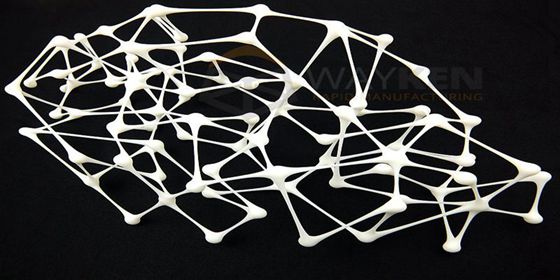
3. Save Printing Material
It is not ideal to alter the 3D printing size, complexity, or functionality to reduce cost. Nevertheless, reducing the size will reduce the material used but affect the product’s functionality. Nevertheless, if you have the liberty, you should save printing material using the following procedures:
3.1. Hollowing
If the 3D printed part does not require solidity, you can hollow the model to reduce the amount of material used. Consequently, this will reduce the material cost and the operation time.
3.2. Remove Support Structures
Support structures ensure that the part doesn’t have overhangs, affecting stability. Using a support structure uses more materials and increases the operation time. Consequently, it increases the 3D printing service cost. You can remove support structures from your 3D models by designing an overhang angle greater than 450 and splitting your model.
3.3. Reduce Infill Percentage
Reducing the infill percentage will reduce the cost of 3D printing by reducing the materials cost and increasing productivity. However, you should only apply this hack if the part does not need its structural properties
3.4. Choose a Greater Layer Height and Resolution
Layer height determines the quality of prints and the speed of printing. On the one hand, low layer height will lead to smooth print by high production time. Therefore, there is an increase in operating costs. On the other hand, increasing the layer height will reduce the production time. Consequently, it reduces the operation cost. This hack is suitable for making 3D printed parts that do not need aesthetics.
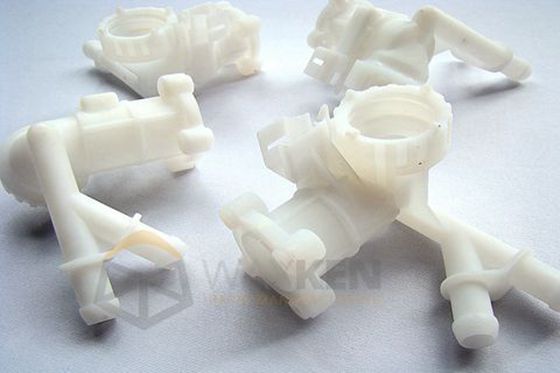
4. Select the Appropriate Finish
Ensure the 3D printing service uses a post-processing finish that balances cost and functionality/aesthetics. For example, painting is an ideal method over electroplating if you want aesthetics at a low cost. However, since it is less durable, you should ensure you do maximum research before saying the processing finish you want. The services can also advise you on the best post-processing technique and the cost they attract.
Conclusion
The cost of 3D printing shouldn’t limit the use of the process, especially for those who want to outsource their projects to 3D printing service companies. Therefore, you should know the different factors determining the cost of 3D printed parts and printing services. This is the same for CNC machining cost, injection molding cost, and other rapid prototyping processes. This article also analyzes what can be considered to reduce the cost of 3d printing services, you can refer to these considerations depending on the application of the product.
Do you have a 3D printing project and need high-quality 3D printing services? WayKen offers high-quality, low-cost 3D printing and CNC machining services. We are an ISO 9001:2015 certified company with a team of experienced and creative experts who use state-of-the-art equipment to deliver the best possible service. Kindly reach out to WayKen and enjoy quality at a competitive price.
FAQ
Is 3D printing expensive or cost-effective?
Yes, 3D printing saves cost and time by being automated. The reduction in time used ensures lower operational costs and improvement in innovation and design.
Is 3D printing the same as rapid prototyping and additive manufacturing?
Yes, 3D printing is the same as additive manufacturing. However, rapid prototyping involves making prototypes using manufacturing processes such as 3D printing, CNC machining, injection molding, etc. Consequently, you can say that 3D printing is a procedure that rapid prototyping uses.
Why are metal 3D printers so expensive?
Metal 3D printers are expensive because they are new. Therefore, they require expertise and have a high maintenance cost. Also, the materials are not as readily available as plastic, filament, and resins.

